What to do if you get lost hiking? Top tips for your mountain safety
Wondering what to do if you get lost hiking? We guide you through the processes you should adopt if you find yourself lost on the mountain
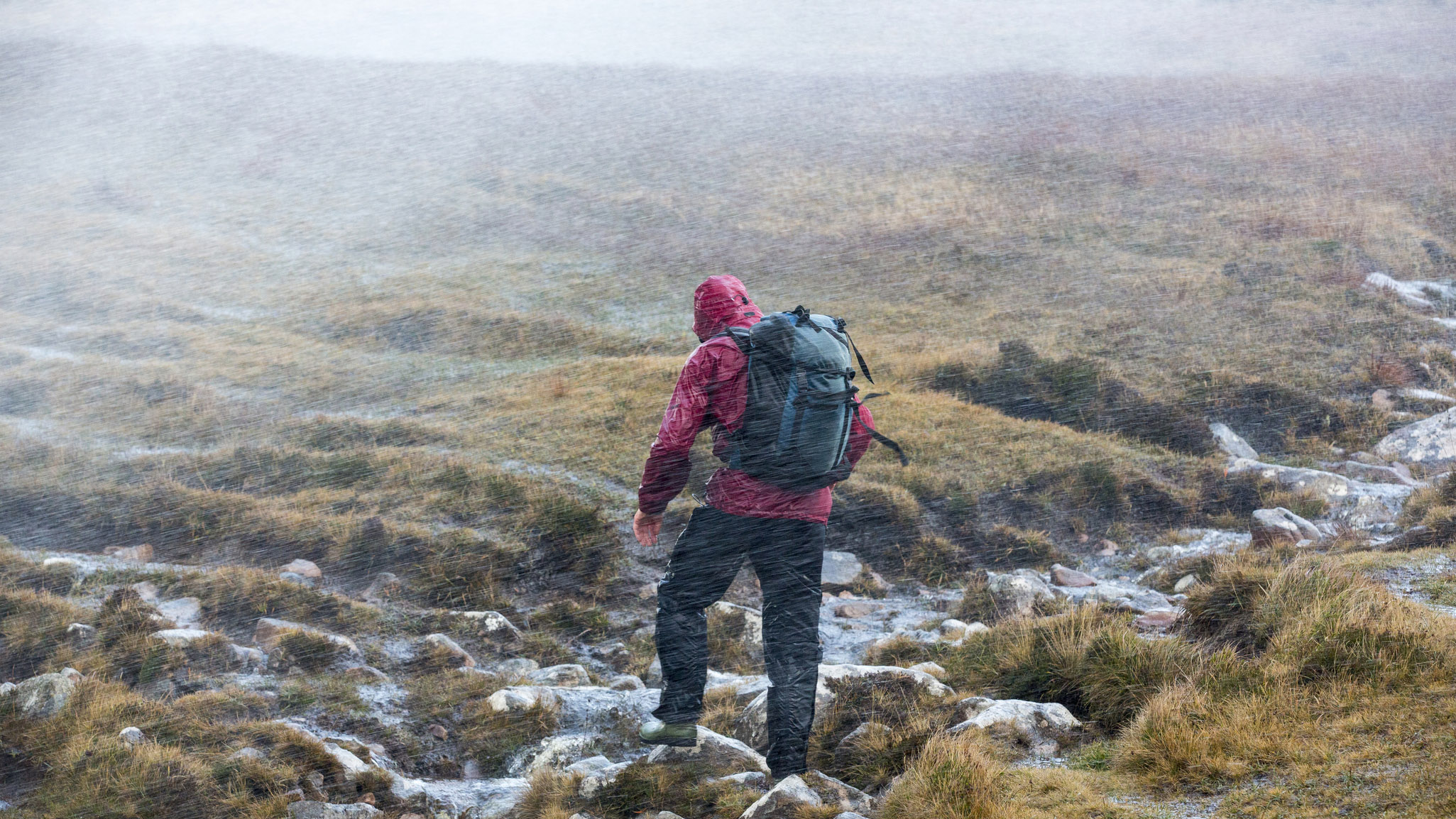
What to do if you get lost hiking? Perhaps the first thing to do is to think of Arthur Dent and Ford Prefect. Okay, they were hitchhiking rather than just normal hiking and their wilderness was outer space rather than Yosemite or the Lake District but their trusty guide book’s main bit of advice is perfectly pertinent. As is emblazoned in big, bold letters across the front of The Hitchhiker’s Guide to the Galaxy: ‘DON’T PANIC’ would be our first bit of advice if you get lost hiking.
The next bit of advice is easy too. STOP. It’s in capitals because it’s a handy acronym, short for Stop. Think. Observe. Plan. As soon as you are lost, sit down, get some food out of your hiking backpack and follow these simple instructions…
What to do if you get lost hiking? Stop. Think. Observe. Plan
Stop: Our natural response to getting lost is one of rising anxiety and with that comes a hefty dose of adrenaline. This is why stopping when you realise you are lost seems counterintuitive but starting to panic and move around at speed is only going to worsen your predicament. Instead, sit, take deep breaths from your belly, eat some food and have a drink from your hiking flask or water bottle. Your anxiety should die down, allowing for more rational thought, which brings us nicely to…
Think: Think about how you are going to get yourself out of the situation. When was the last time you knew where you were? Do you know which way you’ve come from? If you go back that way, how long will it be before you reach a landmark you are familiar with? Is there anything in your pack that can help you work out where you are? How long have you got before it gets dark?
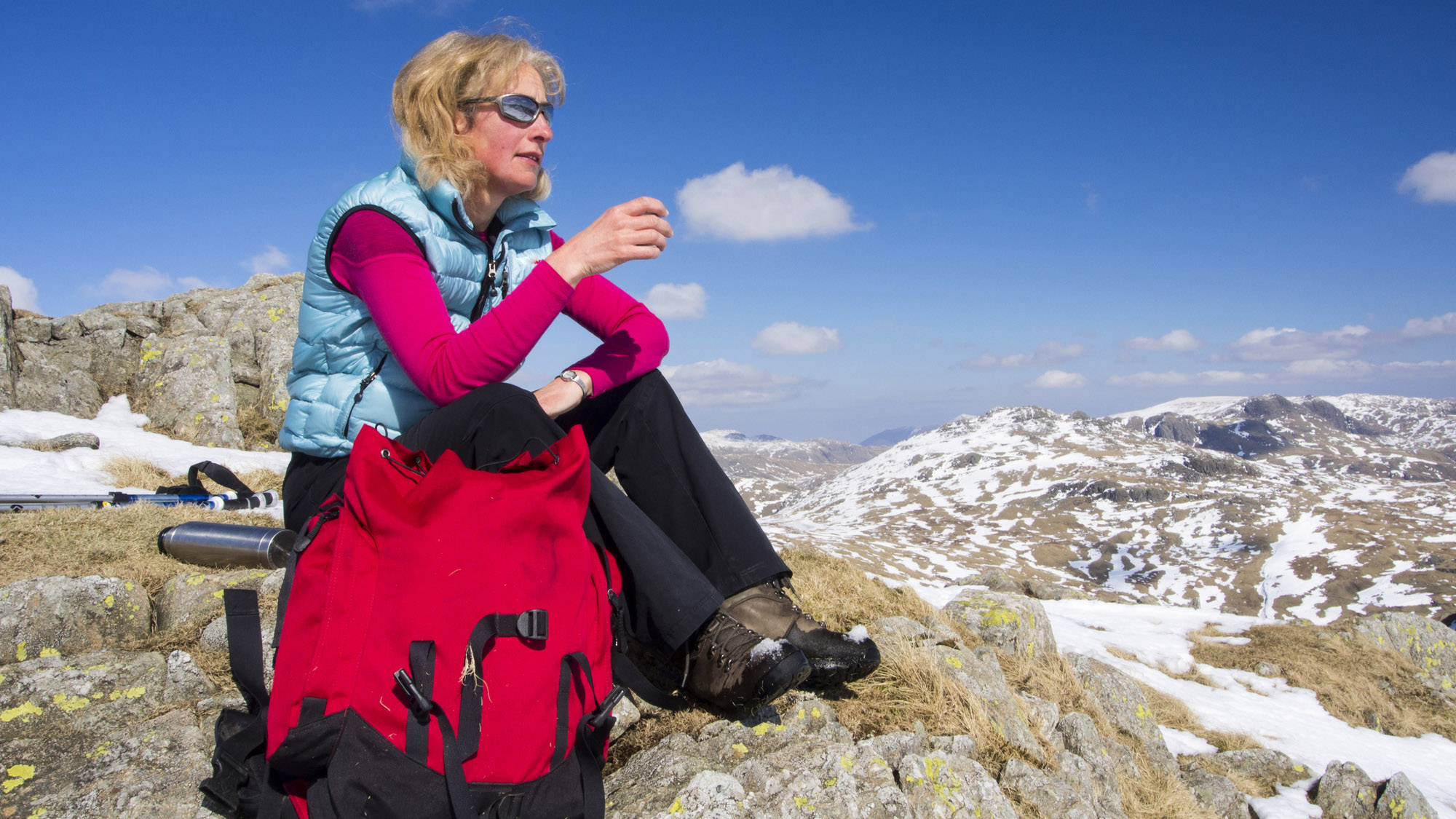
Observe: Look around at what you can see. Do you recognise the distant summits? Have you got any hiking technology that can help you identify them, such as the augmented reality features in apps like Viewranger? Take your camera out and look through any photos you’ve taken up to this point, as they may contain clues that will help you put yourself right. What time of day is it? Can you work out which direction you are heading by the position of the sun? Can you see any other people on the trail? Are they heading towards you?
Plan: Now it’s time to come up with the best course of action. If you’ve thought carefully and you’re confident you can retrace your steps to a known location, great. Grab your trekking poles and get yourself to safety. If you’re still unsure, for example you can’t see much because conditions are challenging, visibility is poor and you can’t work out which way is which, it might be time to call for help. Literally try shouting “Help!” initially, but eventually a more energy efficient approach is using a whistle. If this doesn’t work and you judge your situation to be serious enough, it might be time to call a mountain rescue service.
What to do if you get lost hiking? Deciding to call the emergency services
If you have to call an emergency service, give them as much detail to your route as you can, including where you’ve been and where you think you might be. Describe anything that's visible from your location. If you successfully get through and you are comfortable staying where you are for a number of hours, waiting for the rescue service probably the most sensible thing to do.
All the latest inspiration, tips and guides to help you plan your next Advnture!
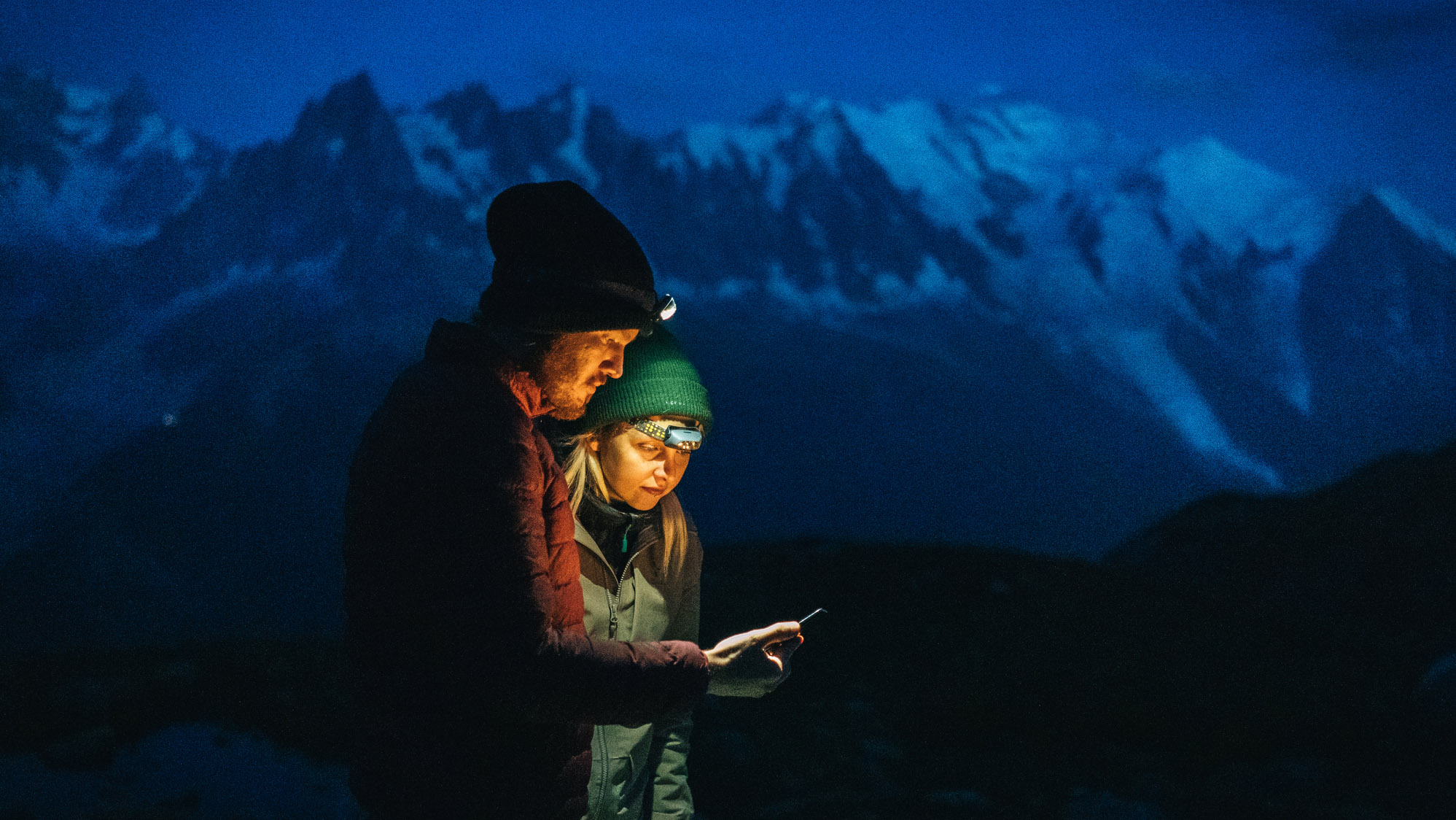
Phone signal is notoriously sketchy in mountain regions, so you may not be able to get through to anyone. Even with no signal, it is still worth trying to send a text message to either a friend or to an emergency text service, as it might resend successfully as soon as signal presents itself. In this situation, you should still try to move and get yourself to safety. After all, you’re not injured and movement equals warmth, which is particularly important if the weather takes a turn or when night falls.
What to do if you get lost hiking? Getting yourself to safety
So, you’ve decided to get yourself to safety, perhaps because you're confident in your ability to do so, perhaps because daylight is on your side or perhaps because you can’t get a message through to anyone and there’s no one else around to help.
If you have got lost while descending a mountain, it can be tempting to think that continuing to head down is better than heading back up, regardless of whether or not you know which direction you are heading in. After all, the valley is safer than the mountainside, right? This can be a dangerous mistake to make as you could potentially run into dangerous ground and become stuck. In the mountains, the majority of accidents happen in descent and there are countless tales of hikers coming to harm descending a route they shouldn’t have been on in the first place.

If you find yourself in this situation and you think you know your way back to a significant feature, such as a summit or a meeting of trails, it’s better to face the devil you know than the devil you don’t. Yes, it’s a bit of wrench having to ascend again when you thought your upward exertions were pretty much done for the day, but it’s preferable to taking a tumble from an unseen or unexpected outcrop or cliff.
What to do if you get lost hiking? Signalling for help in the night
If, for whatever reason, you decide the safest course of action is to stay on the mountain as night falls, try to find a sheltered spot and use sound or visual signals to attract help. Unless it's the height of summer, you'll probably need all of your layers to stay toasty and you could even use an emergency blanket. If possible, start a small fire. This will provide you with warmth and acts as a visual signal to others.
Staying on the mountain rather than trying to get yourself to safety is a judgement call that you will have to make. If it's winter and it's cold, keeping yourself warm by moving is preferable to staying still. Getting yourself down and off the mountain is probably the better course of action. Eating also helps to keep your core temperature up and gives you the energy you'll need to rescue yourself.
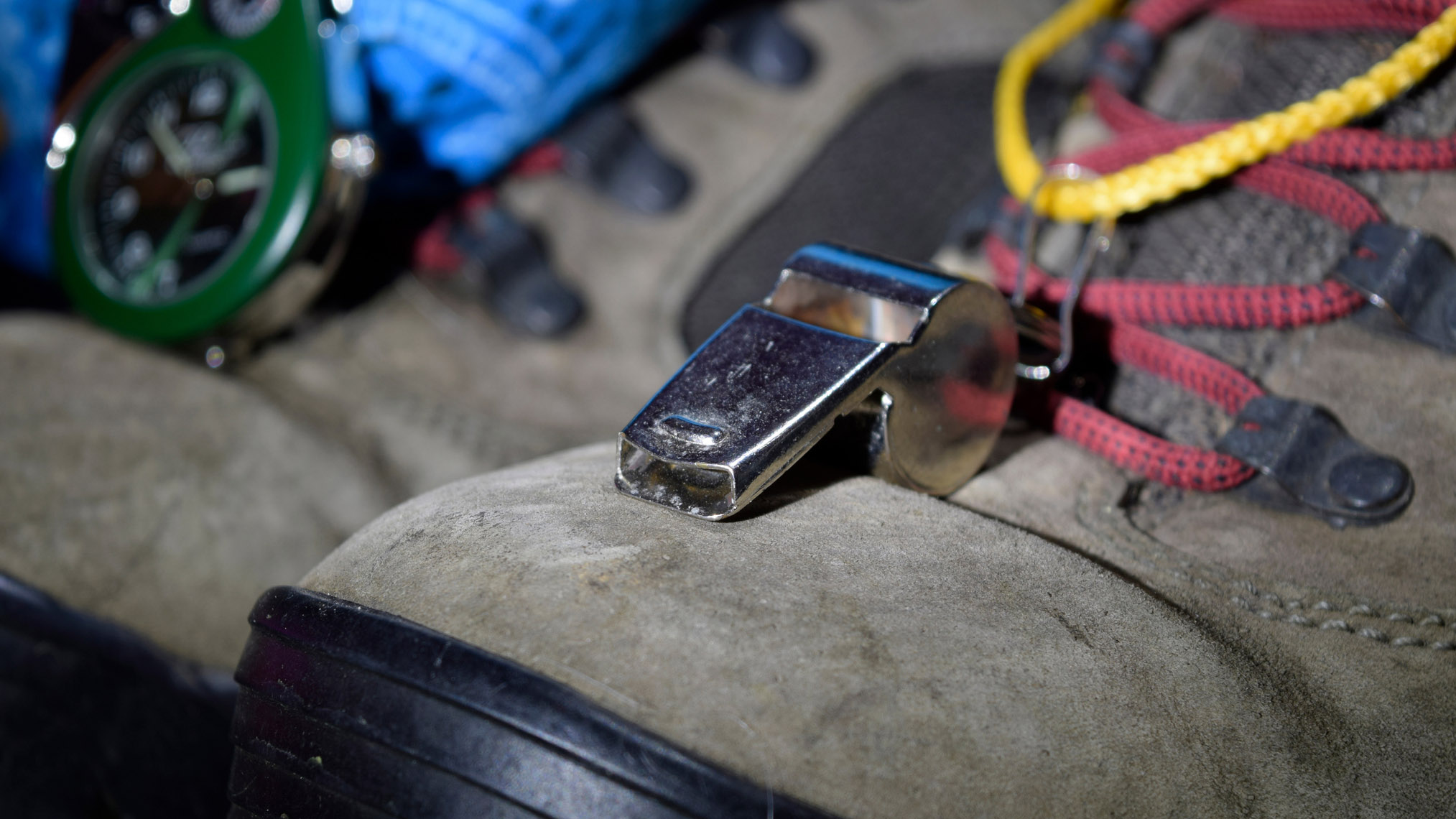
To attract help, you could use your first aid kit’s whistle, or your phone’s torch or your headlamp (see our guide to the best headlamps for some good options). The Alpine distress signal is six blasts or flashes in quick succession made once every minute. If heard by a potential rescuer, they may respond with three short blasts or flashes in quick succession as they home in towards you. Continue to make the signal until your rescuer arrives.
Another well-known distress signal is SOS Morse Code, originally created for ships in distress in the early 20th century. The signal is three short, three long and then three short blasts or flashes.
Pre hike precautions to minimize the risk
Getting lost is a possibility even for the most experienced hikers and situations like incoming bad weather or the approaching night can turn a stressful situation into an ordeal. This is why we never head into the hills without appropriate layers, a waterproof jacket, a map and compass, and a headlamp. Imagine being completely lost in a labyrinth of rock in a rainstorm as night falls without those hiking essentials. It would be an absolute nightmare. Learn how to read a map and how to use a compass, even if you’re taking a GPS device or navigation app along. If you use technology to navigate, bring a spare power pack or a solar charger so that you can bring devices back to life if necessary.
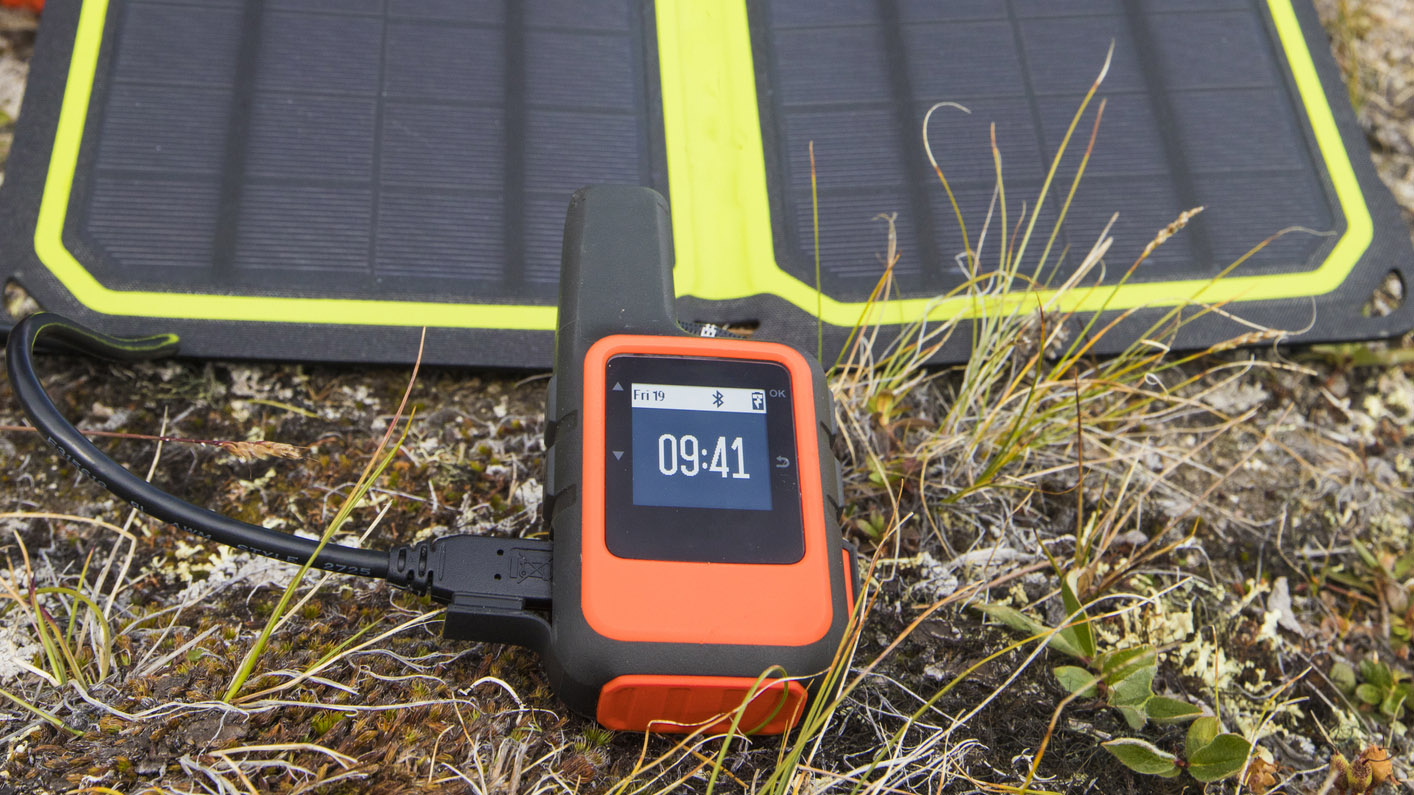
Before you set out on your hike, always, always, always leave your planned route with a friend or family member. At least this way if you get lost or find yourself in another emergency situation and you don’t have signal to call for help, eventually the person you left your plan with will get in contact with the appropriate services.
Alex is a freelance adventure writer and mountain leader with an insatiable passion for the mountains. A Cumbrian born and bred, his native English Lake District has a special place in his heart, though he is at least equally happy in North Wales, the Scottish Highlands or the European Alps. Through his hiking, mountaineering, climbing and trail running adventures, Alex aims to inspire others to get outdoors. He's the former President of the London Mountaineering Club, is training to become a winter mountain leader, looking to finally finish bagging all the Wainwright fells of the Lake District and is always keen to head to the 4,000-meter peaks of the Alps. www.alexfoxfield.com

